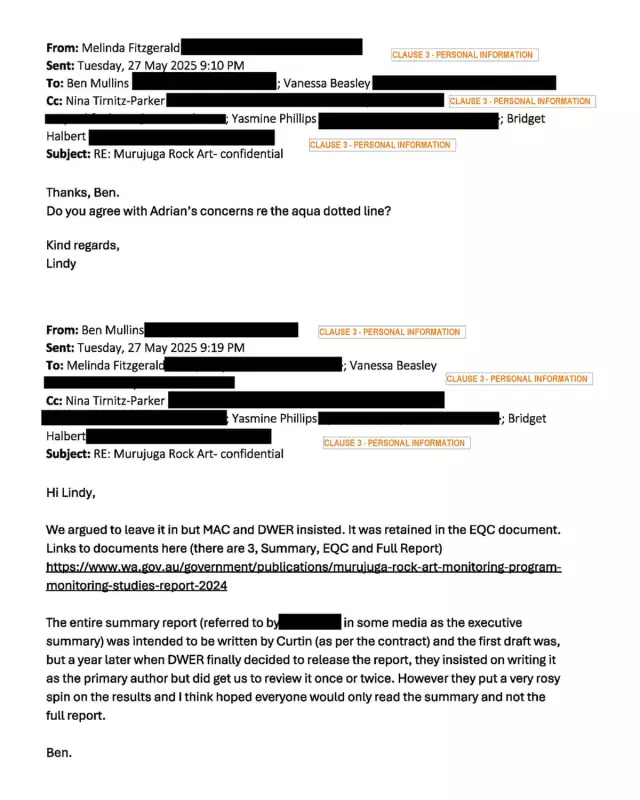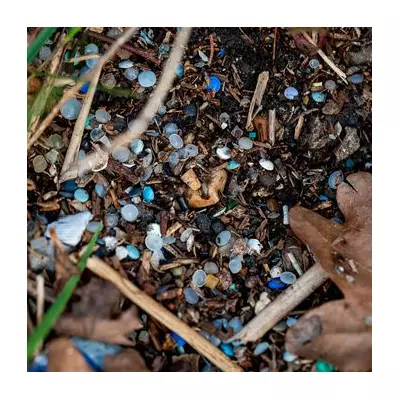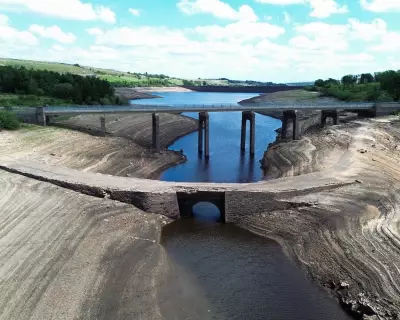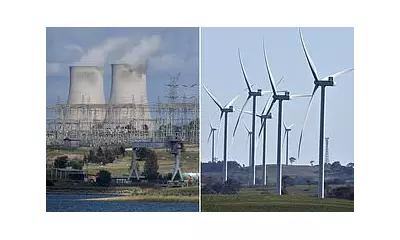
Scientists have privately accused the Western Australian government of presenting an overly optimistic assessment of Woodside Energy's emissions impact on the culturally significant Murujuga rock art, according to leaked emails.
The correspondence, seen by The Guardian, suggests officials applied a "very rosy spin" to the findings of a recent environmental report examining the effects of industrial pollution on the world's largest collection of Aboriginal petroglyphs.
Discrepancy Between Findings and Presentation
Researchers involved in the study claim their conclusions about the accelerating degradation of the 50,000-year-old rock art were significantly downplayed in the government's public statements. One scientist described the official interpretation as "misleadingly positive" given the actual data.
Industry vs Conservation
The controversy highlights growing tensions between Australia's lucrative resources sector and environmental protection efforts. Murujuga, located in the Pilbara region, contains over one million ancient Aboriginal engravings that scientists warn could be irreparably damaged by industrial emissions.
Political Pressure Alleged
Emails suggest researchers felt pressured to soften their language regarding Woodside's expanding operations near the heritage site. "There appears to have been a concerted effort to present the findings in the most industry-friendly light possible," one academic noted.
The WA government maintains its interpretation of the report was balanced and scientifically valid, stating it remains committed to both economic development and cultural preservation.





